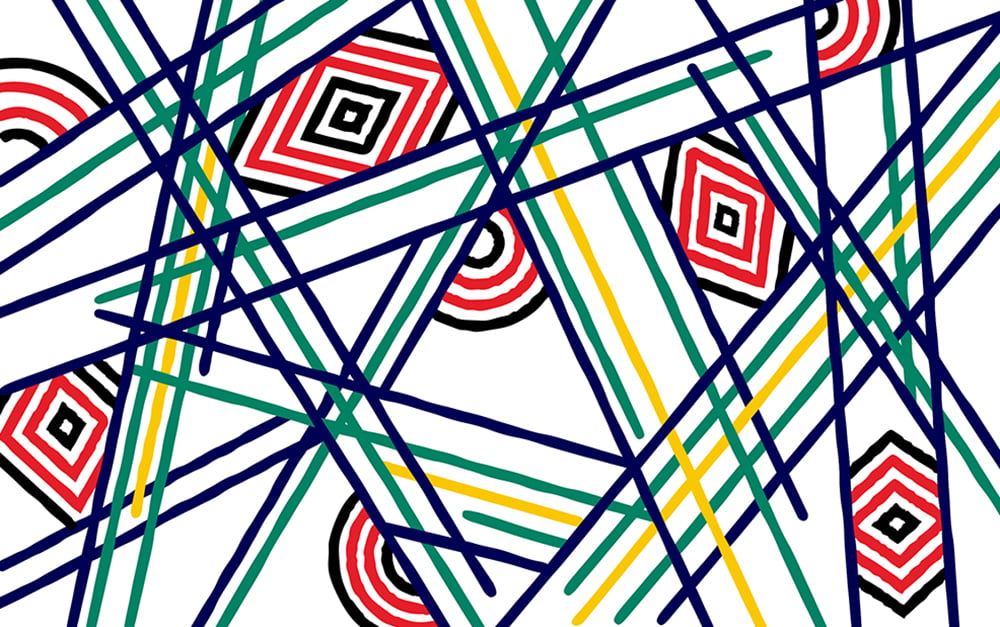Sustainable Technologies and Systems Platform
Environmentally, the Earth is at a tipping point for irreversible collapse of critical biosystems due to unsustainable practices leading to pollution and climate change.
Circular mapping the circular economy ecosystem of Victoria
The RMIT research project “Circular mapping the Circular Economy ecosystem of Victoria” set the foundation for understanding the current ecosystem between stakeholders and the roles they play towards a circular transition.
Embedding circular economy principles within a Social Innovation Precinct
The project aimed to contextualise previous circular economy related work conducted by the Integrated Circular Economy, Clean Energy and Climate Resilience (IC3P) and the Victorian Circular Activator (VCA) team, which included Circular Economy (CE) ecosystem mapping and circular business models, for practical application to the SIP region.






